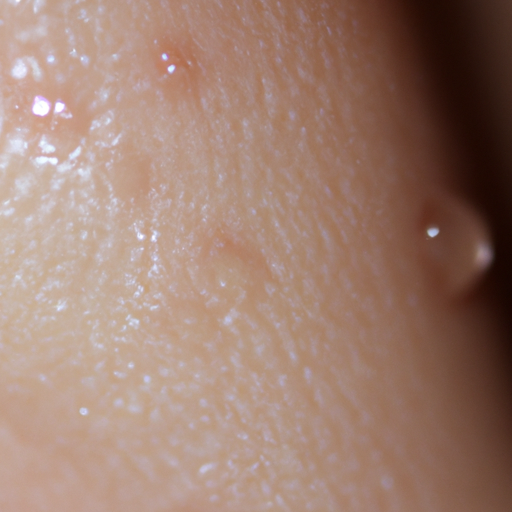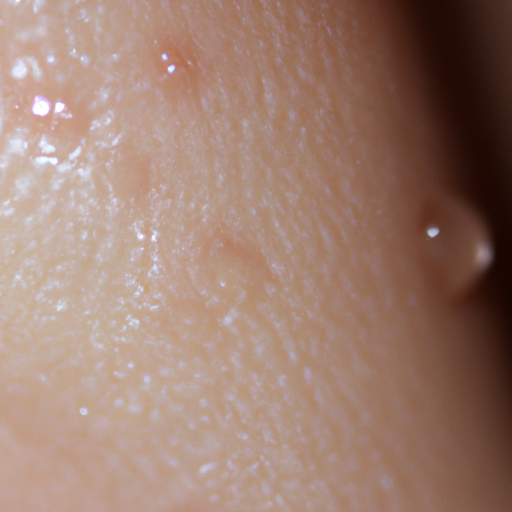Oily skin is a common dermatological condition that affects millions of people worldwide. It is characterized by an excess production of sebum, a natural skin oil, which gives the skin a shiny or greasy appearance. Understanding the causes and symptoms of oily skin is crucial in managing this condition effectively.
The primary cause of oily skin is the overproduction of sebum by the sebaceous glands, which are located beneath the skin’s surface. Sebum is an essential substance that helps to keep the skin hydrated and protected. However, when produced in excessive amounts, it can lead to oily skin and other related skin conditions such as acne.
Several factors contribute to the overproduction of sebum. Genetics plays a significant role; if your parents have oily skin, you are likely to inherit the same skin type. Hormonal changes, particularly those occurring during puberty, pregnancy, and menopause, can also trigger increased sebum production. Stress and diet are other contributing factors. Consuming a diet rich in processed foods, sugars, and unhealthy fats can stimulate sebum production.
Environmental factors can also exacerbate oily skin. Hot and humid climates can stimulate the sebaceous glands to produce more oil. Conversely, cold weather and harsh skincare products can strip the skin of its natural oils, causing it to overcompensate by producing more sebum.
Recognizing the symptoms of oily skin is the first step towards managing it. The most obvious sign is a shiny or greasy appearance, particularly on the face. Oily skin often looks thick, coarse, and shiny, with enlarged pores. It may also feel slightly greasy to the touch.
People with oily skin are more prone to developing blackheads and pimples due to the excess sebum and dead skin cells clogging the pores. Furthermore, makeup tends to “slide” off oily skin more quickly than it does on dry or normal skin.
Despite its challenges, oily skin is not all bad news. It is more resistant to the formation of wrinkles and other signs of aging due to its high sebum content, which keeps the skin supple and hydrated.
Managing oily skin involves a combination of lifestyle changes and skincare routines. This includes maintaining a healthy diet, staying hydrated, managing stress, and using skincare products designed for oily skin. Regular cleansing, exfoliating, and moisturizing are essential to remove excess oil and prevent pore clogging.
In conclusion, understanding the causes and symptoms of oily skin can help individuals manage this condition more effectively. While it may require some extra care, oily skin can be controlled with the right knowledge and skincare routine. By unmasking the gloss of oily skin, we can reveal a healthier, more radiant complexion beneath.




